The Craft of Medieval Furniture Making
Introduction to Medieval Furniture Making
Medieval furniture making, spanning the period from the 5th to the 15th century, was a craft that combined functionality, craftsmanship and aesthetics. This era testifies to the development of furniture designs that served both everyday use and decorative purposes.
Materials and Tools
Diversity in Materials
Wood, such as oak, maple, chestnut, and walnut, was the most commonly used material, valued for its durability and availability. Metal was used for fittings and decoration, while textiles, straw and reeds were used for upholstery and stuffing.
Essential Tools
The medieval cabinetmaker’s toolbox included saws, chisels, hammers and planes. These simple, often handmade tools were crucial to furniture making, although they were less sophisticated than modern equivalents.
Techniques and Styles
Woodworking techniques
Techniques such as carving, inlay work and making wood joints were essential. These methods required considerable skill, especially in creating patterns and decorative details.
Regional Style Differences
Styles varied widely by region. The Gothic style in northern Europe was known for its pointed arches and rich carvings, while the Renaissance style in southern Europe emphasized symmetry and proportion.
Functionality and Craftsmanship
Furniture making could take weeks to months, depending on the design and complexity. Simpler household furniture was quicker to produce than the luxurious, artfully crafted pieces that testify to the high craftsmanship of the time.
Social and Economic Context
Furniture-making in the Middle Ages was deeply rooted in the social and economic structures of the time, with guilds playing an important role in maintaining quality and craftsmanship.
Conclusion
Furniture making in the Middle Ages was not only a reflection of craftsmanship and artistic skills, but also a window into the cultural, social and economic aspects of the Middle Ages. Each piece of furniture tells a story about the time it was made, the people who made it, and those who used it. The diversity of styles, materials and techniques reflects the complexity of this period and the different influences that varied from region to region.
These pieces of furniture were not just functional; they were symbols of status, craftsmanship, and sometimes even religious or moral values. The meticulous attention to detail and patience it took to create these pieces show us the deep appreciation for craftsmanship in medieval society. By looking at furniture from this era, we can better understand the social hierarchy, economic conditions and cultural trends of the Middle Ages.
As the world moves on and develops new styles and techniques, the lessons and inspirations of medieval furniture making remain relevant. They remind us of the importance of craftsmanship, the beauty of handmade objects and the deep historical roots of our contemporary design.
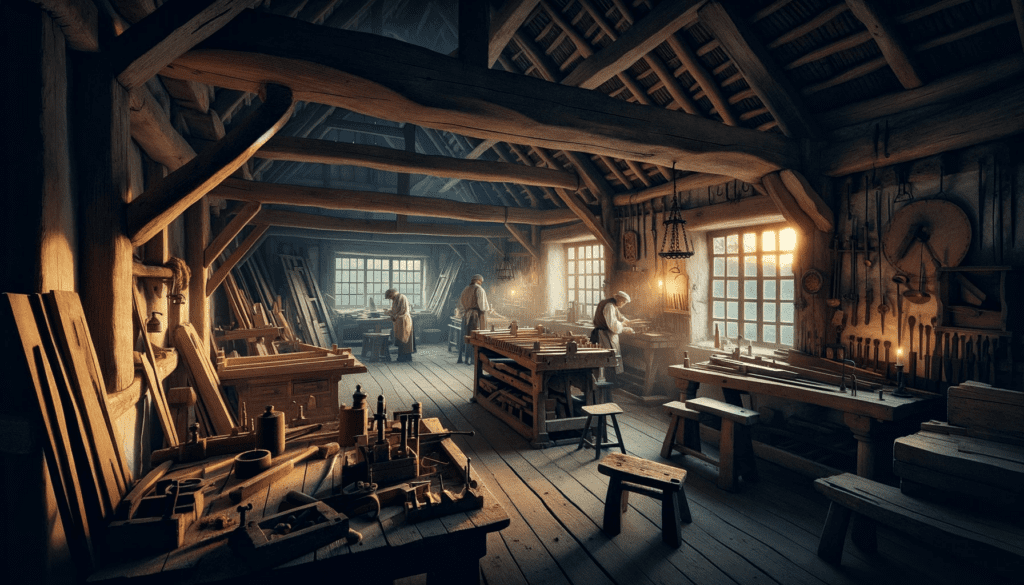
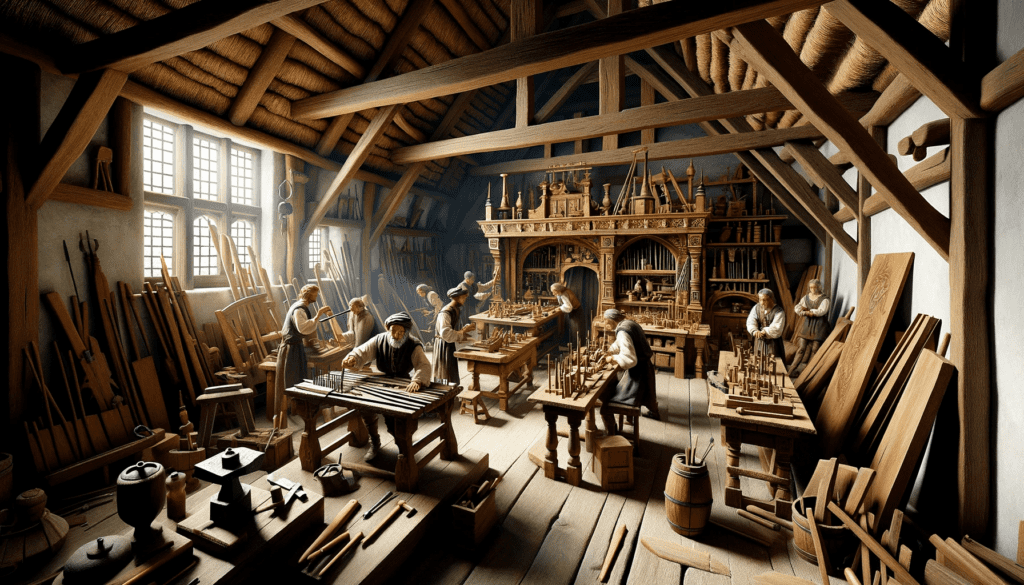
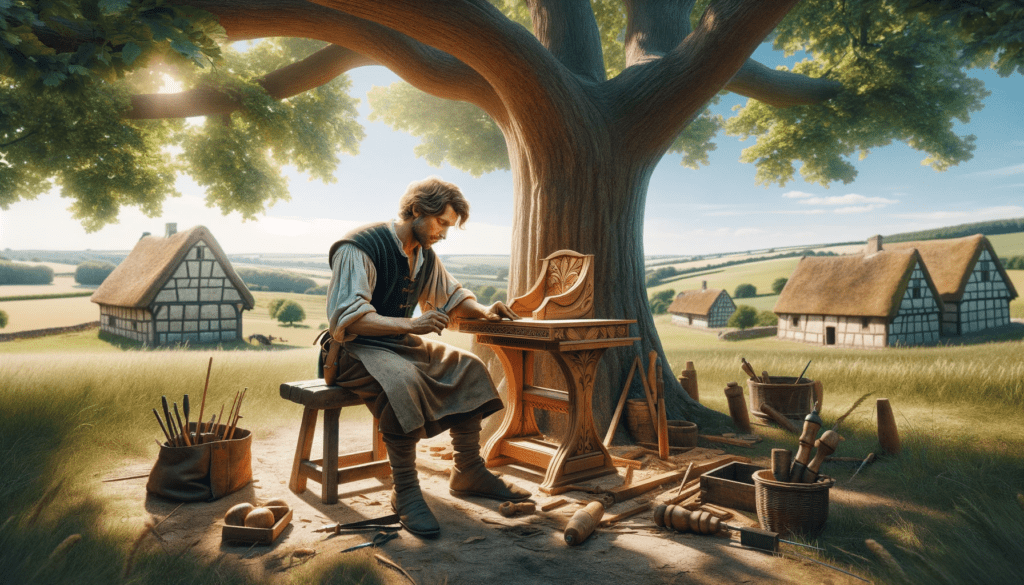
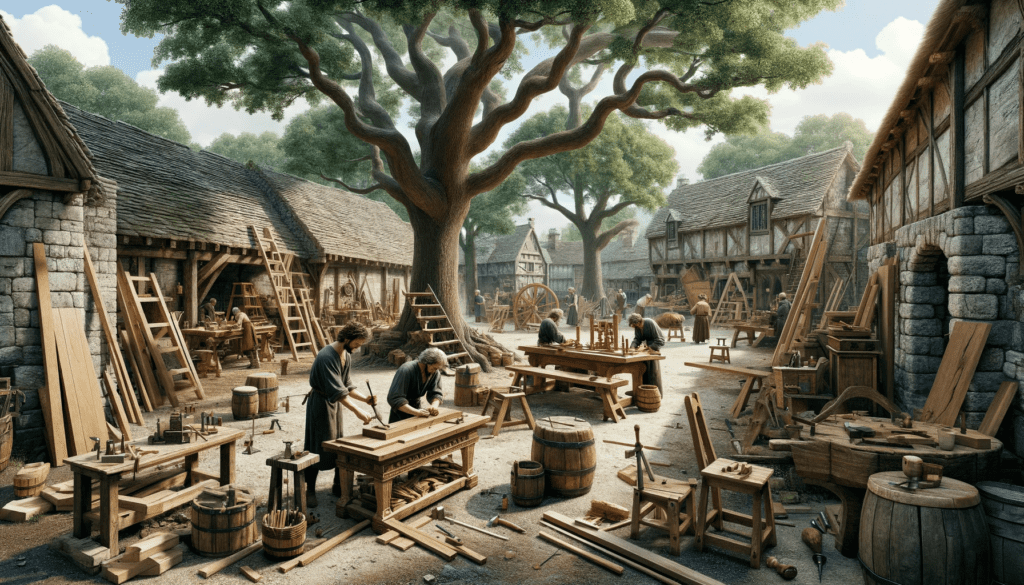

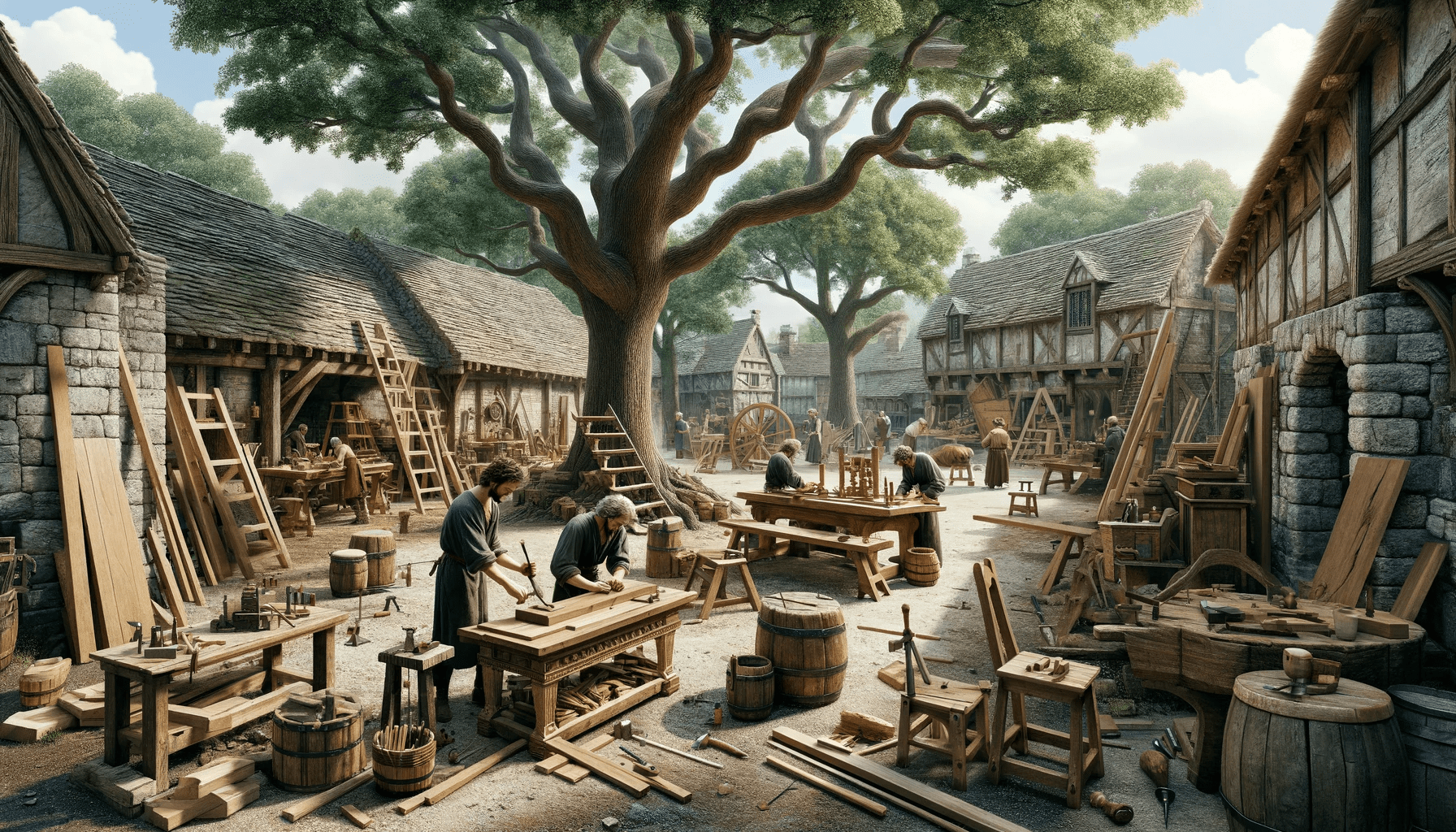
Leave a Reply